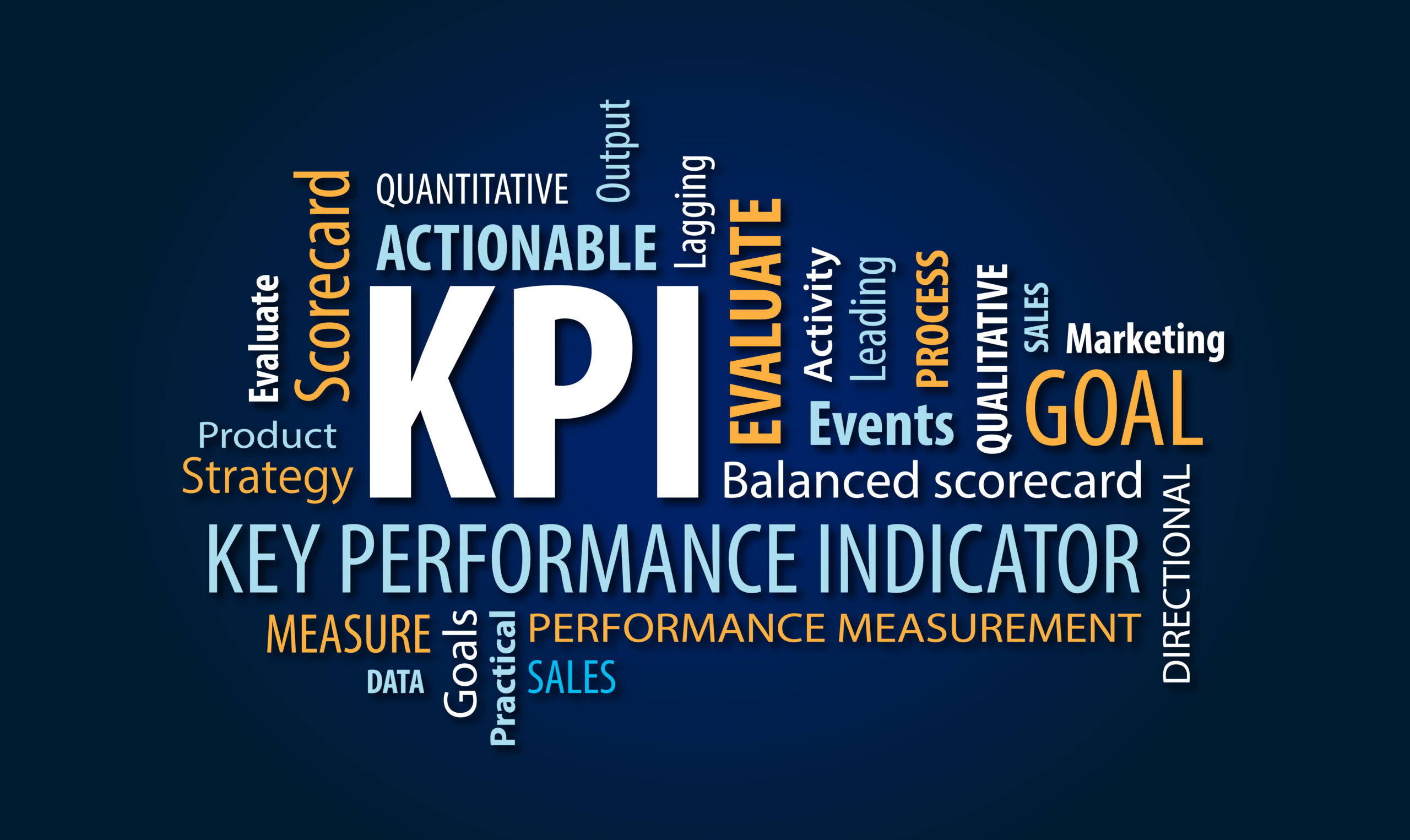Supplier Diversity programs are pivotal in advancing inclusivity and driving economic growth. These initiatives transcend mere diversity quotas; they have the power to positively impact an organization’s bottom line and the communities it serves. To gauge the effectiveness of your Supplier Diversity program, the key lies in well-defined Key Performance Indicators (KPIs). These KPIs provide actionable insights into the program’s progression and its contribution to your organization. Let’s delve into crafting meaningful KPIs tailored for your Supplier Diversity endeavors.
1. Percentage of Contract Awards to Diverse Suppliers
At the heart of every Supplier Diversity program lies the percentage of contracts granted to diverse suppliers. This KPI gauges the program’s success in fostering diversity within your supplier network. A higher percentage signifies a more inclusive and equitable procurement process.
2. Dollar Value of Contracts Awarded
While percentages illustrate diversity, quantifying the economic impact is equally imperative. Keep a keen eye on the dollar value of contracts allocated to diverse suppliers. This KPI underscores your commitment to financially supporting diverse businesses.
3. Cost Savings
One often underestimated benefit of Supplier Diversity is cost savings. Calculate the savings achieved through competitive pricing and efficient procurement processes with diverse suppliers. Showcasing these savings can bolster internal support for the program.
4. Revenue Growth of Diverse Suppliers
A prosperous Supplier Diversity program should contribute to the growth of diverse suppliers. Gauge the revenue growth of these businesses over time. This KPI highlights the program’s role in nurturing economic prosperity for diverse entrepreneurs.
5. Community Impact
Supplier Diversity isn’t just about numbers; it’s about making a positive impact on communities. Evaluate the program’s influence on job creation, workforce development, and support for local small businesses. A robust Supplier Diversity program can be a catalyst for community development.
6. Return on Investment (ROI)
To justify program investments, calculate the ROI of your Supplier Diversity Consulting program. Compare program costs to the economic benefits achieved. Demonstrating a positive ROI reinforces the case for continued program support.
7. Supplier Development
Supplier Diversity isn’t solely about awarding contracts; it’s also about developing the capacity of diverse suppliers. Monitor their growth in terms of taking on larger contracts or expanding their service offerings. This KPI showcases the program’s lasting impact.
8. Competitive Bidding
Evaluate the number of diverse suppliers successfully participating in competitive bidding processes. Increased participation signifies a more inclusive and competitive supplier pool. This KPI measures the program’s effectiveness in creating equal opportunities.
9. Customer Satisfaction
Gather feedback from internal stakeholders and clients regarding their satisfaction with diverse suppliers. High satisfaction levels indicate that diverse suppliers consistently deliver quality products or services. This KPI highlights the value they bring to your organization.
10. Supplier Retention
Assess the retention rate of diverse suppliers within your program. A high retention rate indicates that diverse suppliers find value in your program and continue to participate. This KPI demonstrates the program’s ability to nurture long-term relationships.
Conclusion:
In conclusion, crafting effective KPIs for your Supplier Diversity program is paramount for evaluating its impact and success. These KPIs transcend mere figures; they narrate a story of inclusivity, economic growth, and community support. Customize your KPIs to align with your program’s objectives and consistently monitor and analyze them to make data-driven decisions that enhance program effectiveness. Always remember, Supplier Diversity is more than meeting targets; it’s about fostering a diverse and thriving business ecosystem.





